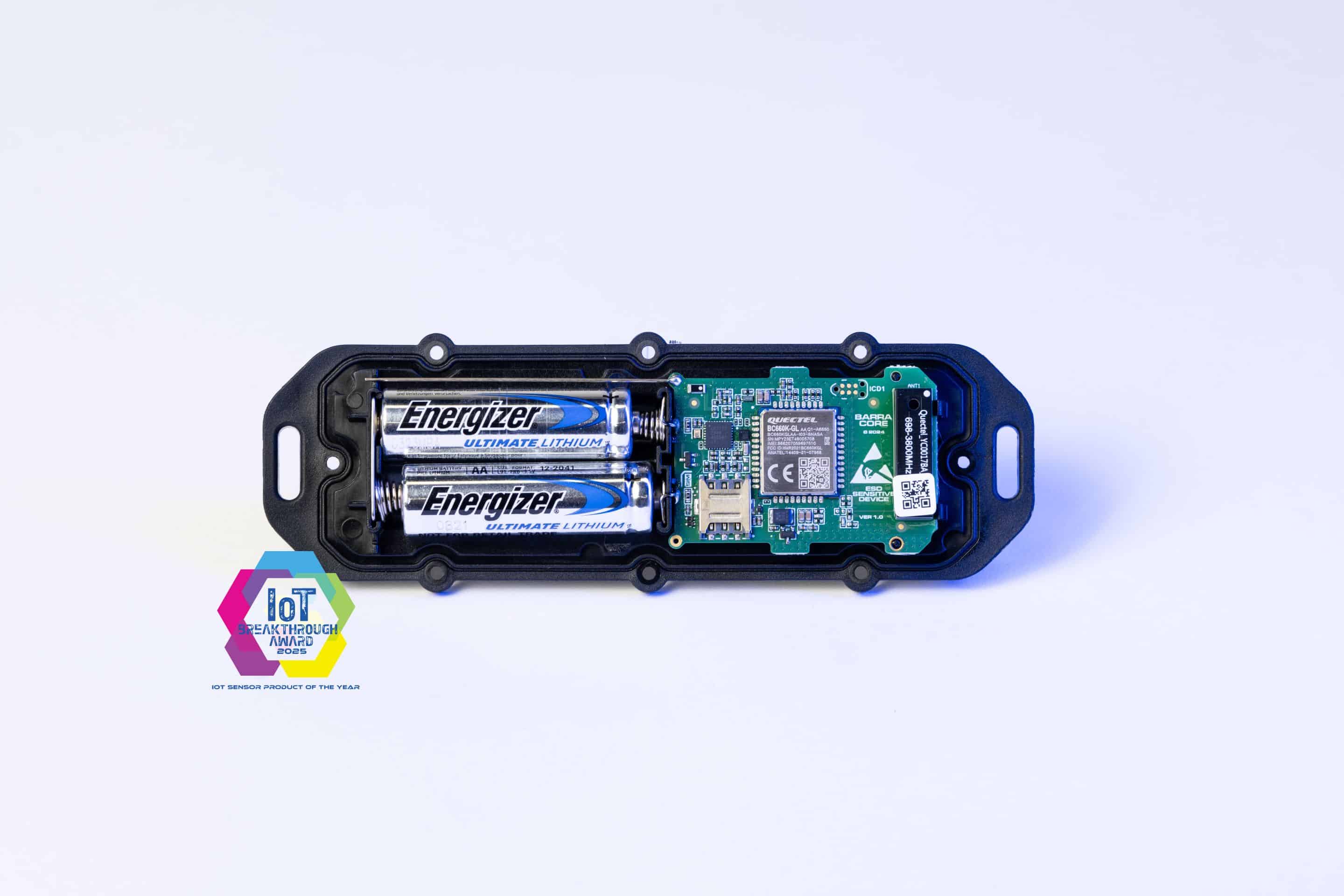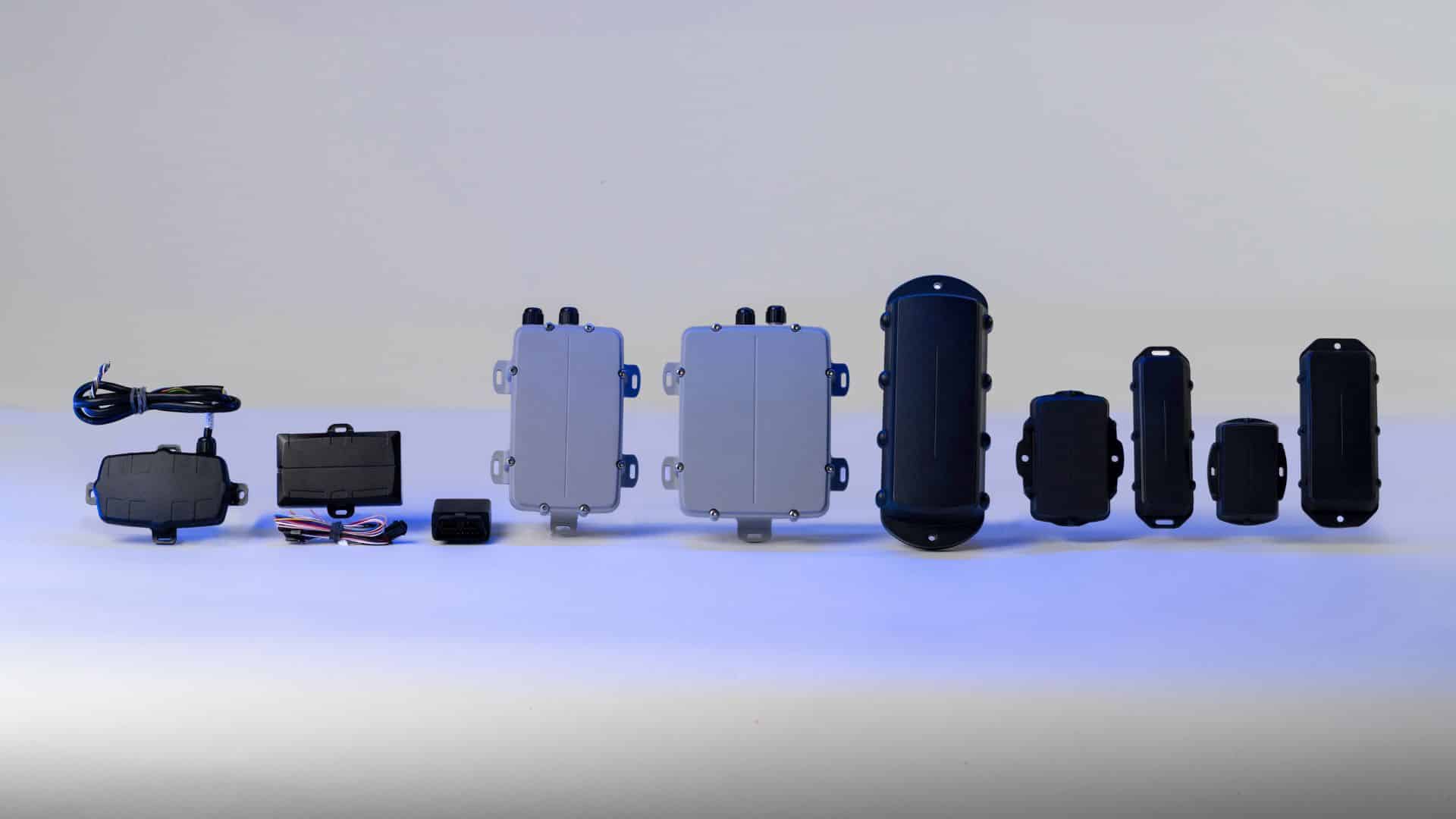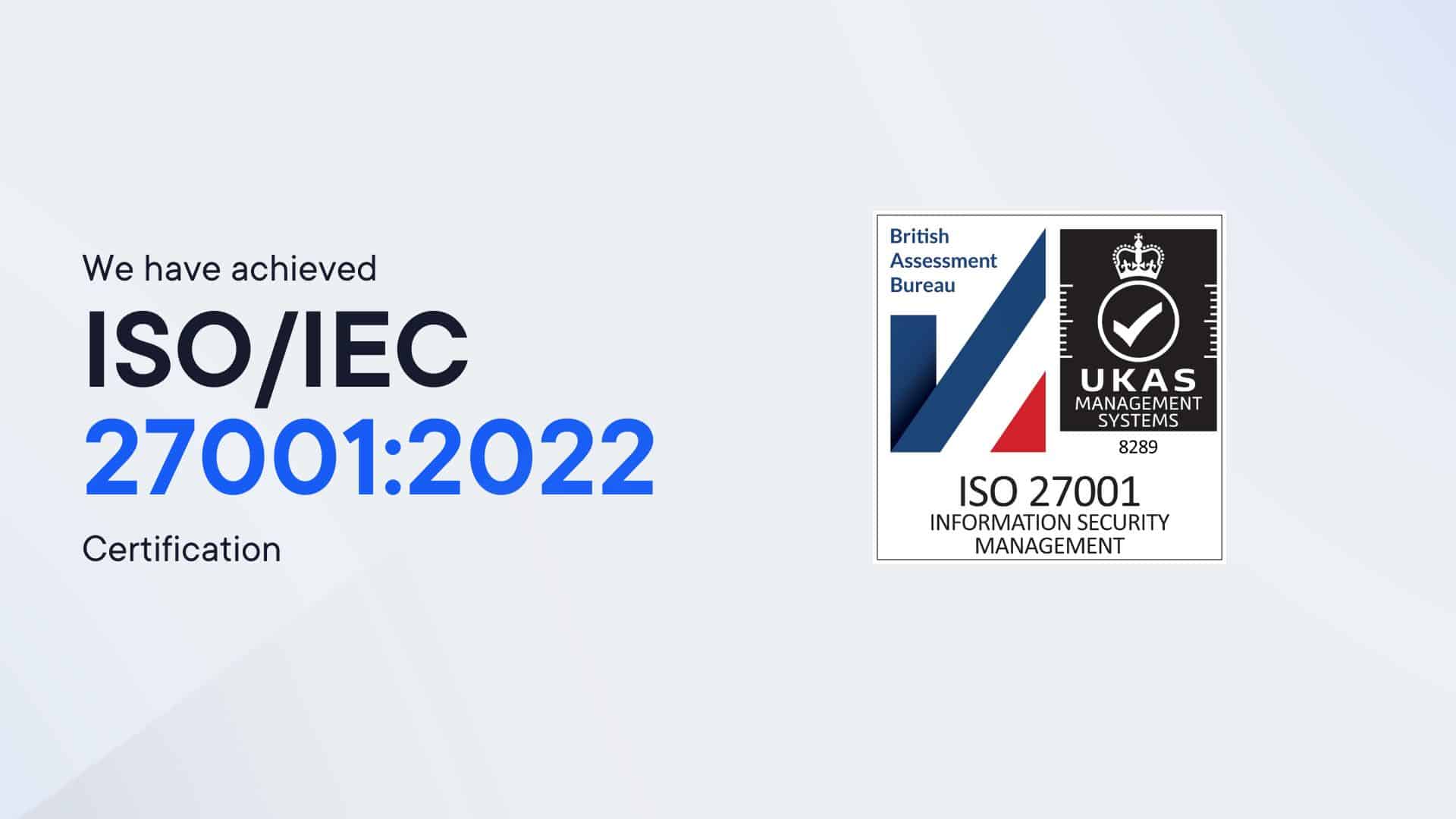BLE Tracking vs. GPS Tracking: Which is Right for You?

Our mission is to help businesses connect, protect, and derive more value from their assets. As a leading global innovator, developer, and supplier of IoT solutions, we drive continuous innovation to enable our partners to deploy confidently at scale worldwide.
What is BLE?
BLE is a wireless communication technology, designed for short-range data exchange with minimal energy consumption. This technology is often used for tracking assets in small, confined environments where power efficiency and cost-effectiveness are key considerations.
How Does BLE Asset Tracking Work?
BLE asset tracking operates through a network of beacons, sensors and receivers. Beacons are small devices that broadcast signals to nearby BLE-enabled devices. These signals are picked up by sensors and receivers, allowing for the tracking of an asset location and environmental conditions in real-time. Generally, this technology is used for indoor tracking purposes, as these devices need to be in close proximity to a gateway or other BLE-enabled devices to transmit location data. Consumer products such as Apple AirTags and Bluetooth tiles utilize this technology, commonly for tracking personal items, but the application of such devices is very limited in a commercial setting.
BLE Tags: Apple AirTags for Commercial Use
The quarter-sized Apple AirTag is ideal for BLE tracking of personal items, offering a convenient option for consumers who already utilize an Apple device such as an iPhone. Apple AirTags communicate location when within close proximity to a neighboring Apple iPhones, as part of the Find My network. While this allows users to see the location of their connected asset, limitations exist when needing to access location data if assets are in a remote location. Data accessability is also limited, with AirTag data only available to a user via a connected Apple device. This prevents the sharing of and access to location information to additional sources, which is a necessary requirement in commercial settings.
For commercial purposes, businesses prioritize asset visibility and require solutions that do not continually rely on infrastructure such as Bluetooth gateways to transmit location data. In addition to location, organizations tracking high-value assets may require additional data and insights, such as tamper, theft, and impaction detection. This functionality is often limited with BLE tags, with GPS devices offering far more robust functionality.
Durability and lifetime are also key considerations for organizations when electing a tracking technology. BLE asset tracking devices are limited in their ability to withstand harsh industrial environments and detect rapid movements, while their battery-life lasts only 1 year when sending location data weekly. Many organizations require asset location information multiple times per day, which if using BLE tracking devices, would lead to frequent battery replacements. While the cost of an Apple AirTag battery is relatively inexpensive, it is not often feasible to physically locate and change batteries when assets are deployed, particularly if tracking high volumes of assets.
BLE Tracking Applications
Using a BLE tracker may have limitations for commercial tracking requirements, but it offers significant advantages within indoor settings and personal tracking in urban environments. The following industries successfully utilize BLE tracking:
- Healthcare: Track medical equipment, ensuring that vital devices are always accounted for, easily accessible, and properly maintained within healthcare facilities.
- Retail: Manage inventory with real-time updates, helping to prevent stockouts and overstocking.
- Smart Buildings: BLE technology in smart buildings facilitates indoor navigation, helping occupants find their way around large complexes. It also tracks assets like furniture and equipment, ensuring optimal utilization.
- Industrial Applications: Track tools and equipment within a small site, reducing downtime, improving efficiency, and ensuring that all tools are used and maintained properly.
Advantages of BLE Tracking
- Low Energy Consumption: Ideal for devices that need to operate for long periods without frequent battery changes. AirTags may have a relatively shorter battery life compared to other BLE devices due to their continuous active tracking and frequent communication with nearby devices for precise location updates.
- Cost-Effectiveness: Generally cheaper than GPS tracking solutions.
- Ease of Deployment and Maintenance: Simple to set up and maintain, particularly when Bluetooth gateways exist.
- Real-Time Tracking Capabilities: Provides immediate location updates.
- Scalability: Simple to add and track additional tags.
Disadvantages of BLE Tracking
- Limited Range: Effective only for short-range tracking, typically within a few hundred feet, which limits its use in large-scale or outdoor applications.
- Interference: Signals can be susceptible to interference from other Bluetooth devices, potentially affecting accuracy and reliability.
- Security Vulnerabilities: Without proper security measures, BLE networks can be vulnerable to unauthorized access and data breaches.
- Dependence on BLE-enabled devices: Tracking requires the presence of BLE-compatible devices and infrastructure, which can limit its deployment in certain environments.
Comparing BLE Asset Tracking with GPS Asset Tracking
GPS (Global Positioning System) tracking involves the use of satellite signals to precisely determine the location of an asset. Typically, GPS tracking is used in outdoor tracking due to its extensive coverage and accuracy.
Major Differences
- Range: GPS tracking offers long-range capabilities, while BLE is limited to short-range. Assets that are moving are not able to be accurately tracked or tracked at all.
- Application: GPS excels in outdoor environments, offering wide coverage and precision. GPS tracking also supports movement-based tracking.
- Infrastructure: GPS tracking requires less setup infrastructure, as it does not rely on BLE-enabled devices and networks, making it easier to deploy in remote or large-scale outdoor settings.
Advantages of GPS Tracking
- Wide Coverage: Track assets over long distances, suitable for logistics, fleet management, and any application where assets move across large geographical areas.
- Precision: Provide accurate location data, even in remote or difficult-to-reach areas, ensuring reliable tracking.
- Versatility: Monitor various aspects of an asset beyond location, such as speed and direction, as well as tamper, impact and theft detection, providing comprehensive data for analysis.
- Durability: GPS devices are often designed to withstand harsh outdoor conditions, ensuring durability and longevity.
Disadvantages of GPS Tracking
- Cost: Generally, more expensive than BLE devices.
- Indoor Limitations: GPS tracking is less effective indoors due to signal obstruction by buildings and other structures, limiting its use in enclosed environments.
Considerations for Choosing Between BLE and GPS
- What Are You Tracking: Determine the nature and value of the assets you need to track.
- Where Is It Going: Consider whether the assets are primarily travelling indoors or outdoors, and across what range.
- Where Does the Information Need to be Sent: Evaluate the infrastructure and connectivity requirements available in your region.
- Additional Monitoring Needs: Decide if you need to monitor other aspects of the asset, such as condition, usage or external environmental factors.
Whilst GPS and BLE trackers have their distinct advantages and disadvantages, devices that combine the functionality of both offer superior tracking indoors and outdoors solutions simultaneously. Our Bluetooth-enabled GPS devices feature internal Bluetooth gateways, allowing for superior indoor tracking by communicating with proximate Bluetooth tags and sensors to communicate more information about the asset or its environment.
Summary
Choosing the right tracking technology depends on your specific use case and requirements. BLE tracking is ideal for assets that are in an indoor environment, where low energy consumption and cost-effectiveness are crucial. GPS on the other hand, is better suited for outdoor applications that require wide coverage and precision, with the ability to on-send data to specified asset management platforms for enhanced visibility.
If you’re looking for an affordable yet highly capable asset tracking solution, the Barra Core stands out as a competitive solution. Perfect for businesses, it provides the reliability of NB-IoT, performing both indoors and out, and can be configured for custom performance needs, supports geofencing, impact detection and more. Lasting up to ten times longer than typical Bluetooth tags, the Barra Core is the ideal, low-cost solution for businesses seeking long-term, reliable results.
Learn more about the Barra Core or contact us to discuss your specific requirements.
Related News

Let’s Get Started
Submit the form to get in touch with a Digital Matter representative from your region.
Contact UsSubscribe
Get helpful content delivered straight to your inbox.
Let’s Get Started
Submit the form below to get in touch with a Digital Matter representative from your region.

Looking for support? Check out our knowledge base.

Information on becoming a Digital Matter Partner.

Information on pricing, availability, and proof of concept.

Guidance on selecting the right products for your application.








